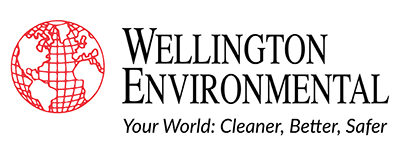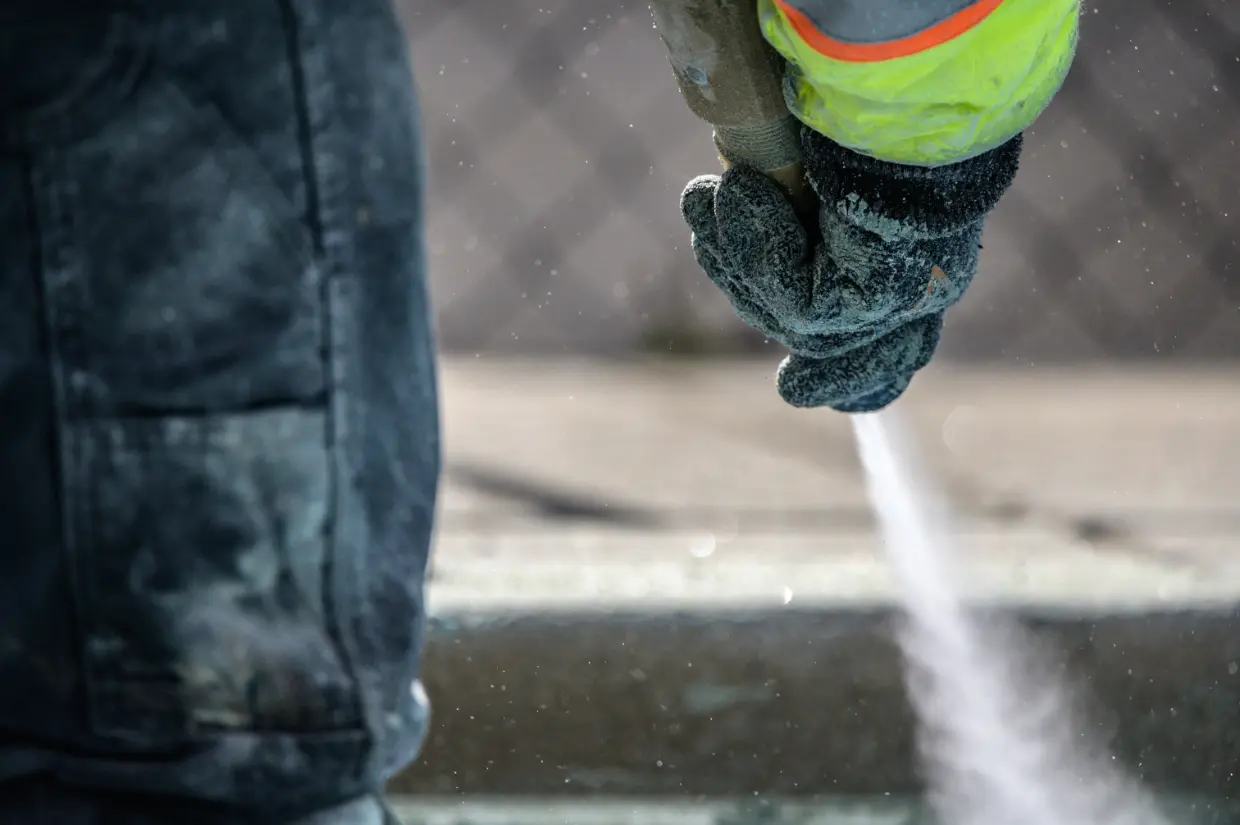By Thom Wellington
Hospitals must take stringent measures to prevent patient healthcare-acquired infections. Air temperature, moisture and airborne contaminants all affect air quality. And during operating room construction projects or emergency events like flooding or a water main break, hospitals must maintain acceptable indoor air quality to reduce environmental exposures that could put patients’ health at risk.
To start, ventilation plays a key role. The goal of ventilation systems is to minimize surgical site infection due to airborne contaminants and bacteria while providing a safe and comfortable environment for patients, surgeons, and other staff. If proper steps are not taken before, during and after a construction or remediation project, it could significantly increase patients’ risk for surgical site infections.
During an emergency, responding contractors may be unaware of how their work affects IAQ and possible HAIs. This presents a dilemma to hospitals and contractor teams in maintaining a compliant operating room: how should we develop standards for airborne concentrations of IAQ contaminants when no mandatory standards exist? Understanding evaluation criteria will reduce risk with proven protocols without unnecessary costs; industry guidelines for IAQ are a good start.
Making Sense Of IAQ Guidelines
Since October 1998, there are no national, mandatory standards for airborne concentrations of IAQ contaminants. Several recommended standards have been suggested by ASHRAE, the United States Environmental Protection Agency and the National Ambient Air Quality Standards. But ultimately, a hospital must establish its own ES&H requirements.
Air quality specialists in operating rooms and other sensitive areas will typically look at the following:
- Carbon dioxide. When CO2 concentrations exceed 700 parts per million over the outdoor concentration or is greater than 800 ppm, inadequate ventilation is suspected.
- Temperature range should be between 68-72 degrees. It is acceptable, however, to have temperatures as cool as 60 F to prevent surgeons from overheating.
- Relative humidity levels within the recommended range of 20%-60% minimize the drying and irritation of mucous membranes and the growth of allergenic or pathogenic organisms and prevent static problems.
- Carbon monoxide concentrations are normally less than 2 PPM, but should not exceed 9 PPM in the OR.
- Directional airflow diagramming at patient location should be performed where a patient would be positioned during a procedure, assuring a proper curtain.
- Air exchange rates are normally 25 air changes per hour, and ORs should have 100% positive air pressure.
Steps To Establishing Evaluation Criteria
A visual inspection is needed while workers are correcting a water event. Are there any openings (missing ceiling tiles or partially collapsed plastic barriers) in the space? Is stationary equipment exposed? These present risks for contamination during the clean-up process and ultimately impact the results of the IAQ final test.
Physically evaluating HVAC systems first will provide an understanding of operating room space temperature and humidity uniformity, outside air quantity, filter installation, drain pan operation and any obvious contamination sources.
Suggestions To Improve Safety In Operating Rooms
The most recent recommendations released by the Environmental Protection Agency in Section 01445 state the following guidelines for IAQ as a best practice and can be applied when performing work in critical-invasive procedure rooms.
Document equipment changes after work is performed in an OR. Failure to put something as simple as filter changes in the preventive maintenance schedule could lead to a dangerous increase in dust levels.
Create negative pressure in a positive pressure environment. ORs are positive pressure rooms; however, when renovation work is performed in the room it is critical to change the pressure to negative using portable high-efficiency particulate air fans. An ante room may be created outside the OR doorway to provide a buffer for dust and to aid in allowing for the pressure change.
Only use EPA-registered chemicals to kill mold. Chlorine bleach (diluted ratio) will not kill colonizing mold in drywall or in wood. Only approved EPA-registered chemicals are to be used and the surface should be treated with an anti-microbial agent once dried.
Use HEPA-equipped vacuums over shop-type vacuums. When cleaning areas after a renovation project, HEPA-equipped vacuums should be used since they filter down to 0.3 microns of dust and particulate.
Return vents should be covered with a secondary filter during work in the OR. Protecting the return system from dust is often overlooked, but it is critical to have clean returns after the work is completed.
After the work area is terminally cleaned, remove HEPA-equipped fans before testing the air quality. If the portable HEPA fans used during the work are still operational, they will skew the final air readings and not provide a true picture of the IAQ.
Establish a post-construction IAQ checklist. Developing a final checklist using the infection preventionist, the EVS manager and the project manager will provide the necessary checkpoints to assure a safe environment before an OR is returned to service. Air quality inspection is deemed vital to achieve compliance and reduce HAIs. Third-party assessments of IAQ, supported with proper documentation, are the best approach to producing a cleaner, safer environment that benefits patients, staff, and ultimately the healthcare organization.
Thom Wellington is president of Wellington Environmental and the founder of Infection Prevention Learning Institute.
This article originally appeared in the July/August 2023 issue of Medical Construction & Design




